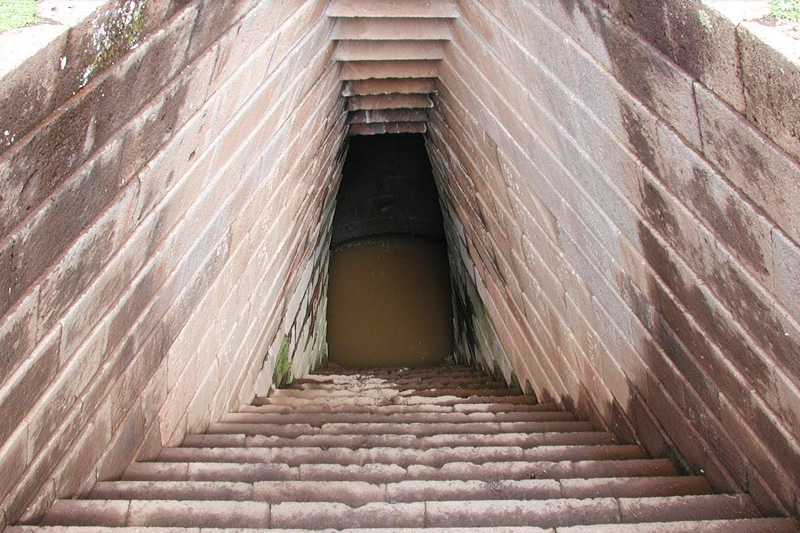Santa Cristina
Representing the apex of water temple architecture, the well of
the sanctuary of Santa Cristina is described by Giovanni Lilliu,
the ‘father’ of Sardinian archaeology, as a work so balanced in
proportions, so studied in geometric composition, and so rational
that it challenges the understanding of being built around 1000
B.C. This sacred Nuragic site par excellence stands on a basalt
plateau in the territory of Paulilatino, near the rural church of
Santa Cristina, dating back to the 11th century.
The name of the archaeological site derives from the nearby
country church of Santa Cristina, whose apse and 36
surrounding muristenes, characteristic small houses that still host
pilgrims during the novena celebrations, in mid-May in honor of
the saint and at the end of October in honor of the archangel
Raphael.
Located a few tens of meters from the Christian-medieval site,
immersed in the greenery of centuries-old olive trees, the
archaeological site is divided into two nuclei. The first includes a
well temple dating back to the Late Bronze Age (12th century
B.C.), embraced by a sacred enclosure shaped like a ‘lock,’ built
with finely crafted basalt ashlars and precise techniques. This
temple is an authentic gem characterized by perfect geometric
shapes.



